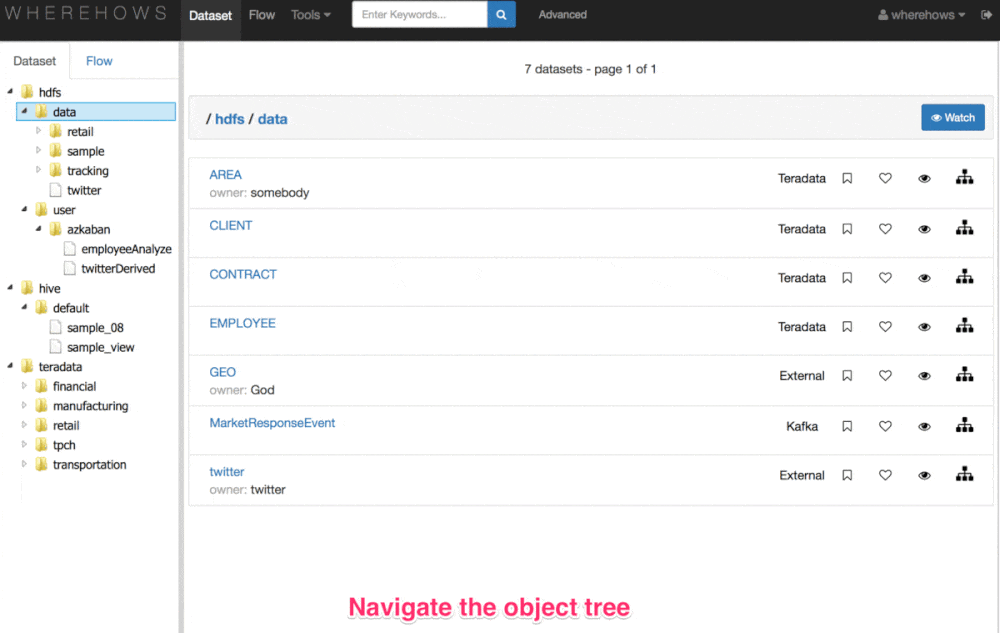GitHub announced on Monday that Atom, its hackable text editor, has reached a million active users.
“That’s three times the number of active users we had under a year ago at the one-year anniversary of Atom becoming completely open source,” a GitHub spokesperson tells us.
“Atom has been successful because of the community that has grown around it,” GitHub’s Lee Dohm says in a blog post. “The people that have contributed to Atom—that have given their time, expertise, feedback, suggestions, and insight—have helped Atom improve by leaps and bounds. We also hear of exciting or just plain cool things that people are doing with Atom all of the time—like MuleSoft’s API Workbench, Jibo Robot’s SDK tools, and Facebook’s Nuclide.”
He notes that individuals also come up with some interesting packages. He names Atomic Chrome, Git Time Machine, and Activate Power Mode as some that have caught GitHub’s attention.
Last week, GitHub launched a new podcast for community projects. Earlier this month, they announced new code review tools.
Image via GitHub






















